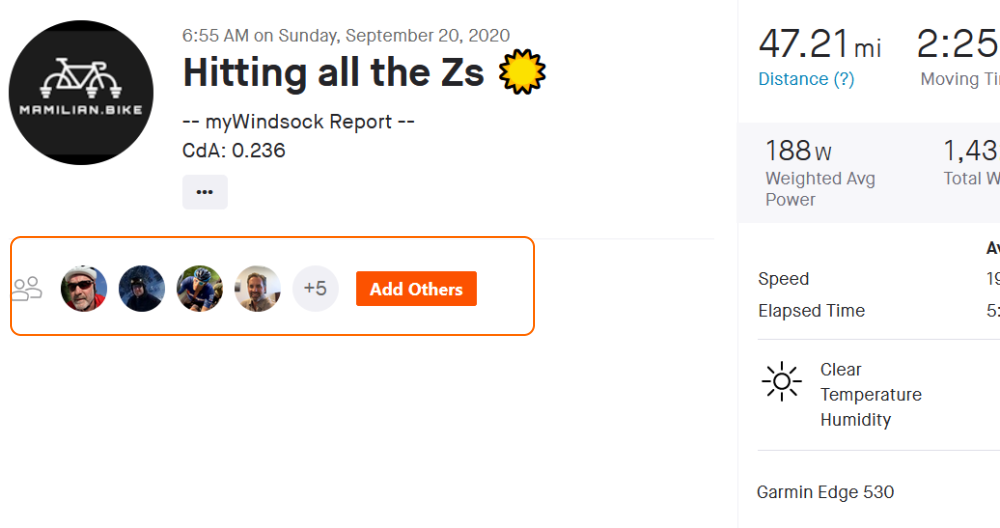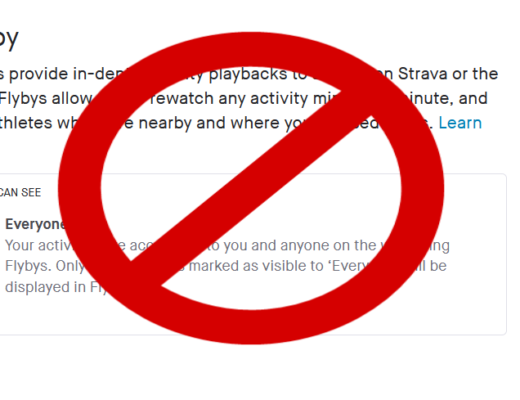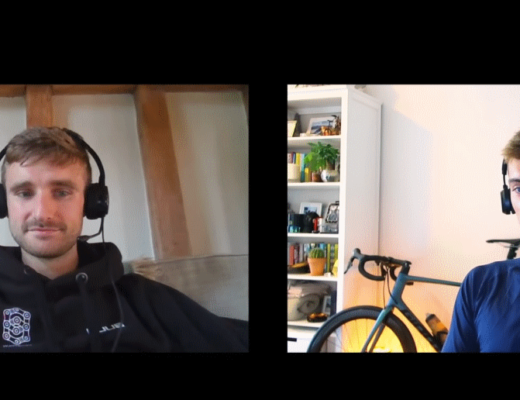The problem with undocumented algorithms, is that we can’t really tell how they work. We can only guess based on our observations, and hope that we get it right. When limiting our sample to one, it’s pretty easy to guess the wrong way. I suspect that’s what’s happening in the case outlined below. Which to be completely fair, might be a “training issue”, a helpful feature working the way it is supposed to, or both (it’s both).
TLDR; Andrew Seward, freaked out about Strava Flybys because it worked the way it was supposed to. He said a random person passed him, and then got tagged in his run. What probably happened, was that this random person and he ran enough of the same route, within a close enough period of time, that Strava’s algorithm matched them. What those numbers are exactly, only Strava knows.
UPDATE: Turns out this feature is documented, at least enough to get a reasonable idea around how it works. The magic numbers here are 30%, less than a few hundred meters, and less than a minute.
Having conducted a serious amount of research into this topic (i.e. every “group ride” I’ve done this pandemic season). I feel confident in the size of my sample, and the conclusion that you don’t have to be that close to a person/group to get matched up, but you do have to reasonable percentage of the activity fall within both buckets for it to happen. Just passing them is not enough, I pass other cyclists all the time, and I can say with complete confidence that it doesn’t work that way. The rules might be slightly different for rides vs. runs, but I have a hard time seeing that it would be that different.
UPDATE: The rules are the same.
The real question though, is Strava doing what it was designed to do a problem? My take; kinda if you don’t like it, but not really. At it’s heart Strava is a social platform, it should work this way. If you want it not do that, there’s an option to turn it off. One could argue that the default setting should be “off”, but IMO that’s bad usability. Remember, the point is social. Connecting athletes who do the same thing, together.
This week, Andrew Seward, Head of Data Product Development at Experian, brought to light how Strava exposed sensitive information on nearby runners.
“Out running this morning on a new route and a lady runs past me. Despite only passing, when I get home Strava automatically tags her in my run,” tweeted Seward.
“If I click on her face it shows her full name, picture and a map of her running route (which effectively shows where she lives),” he continued.


